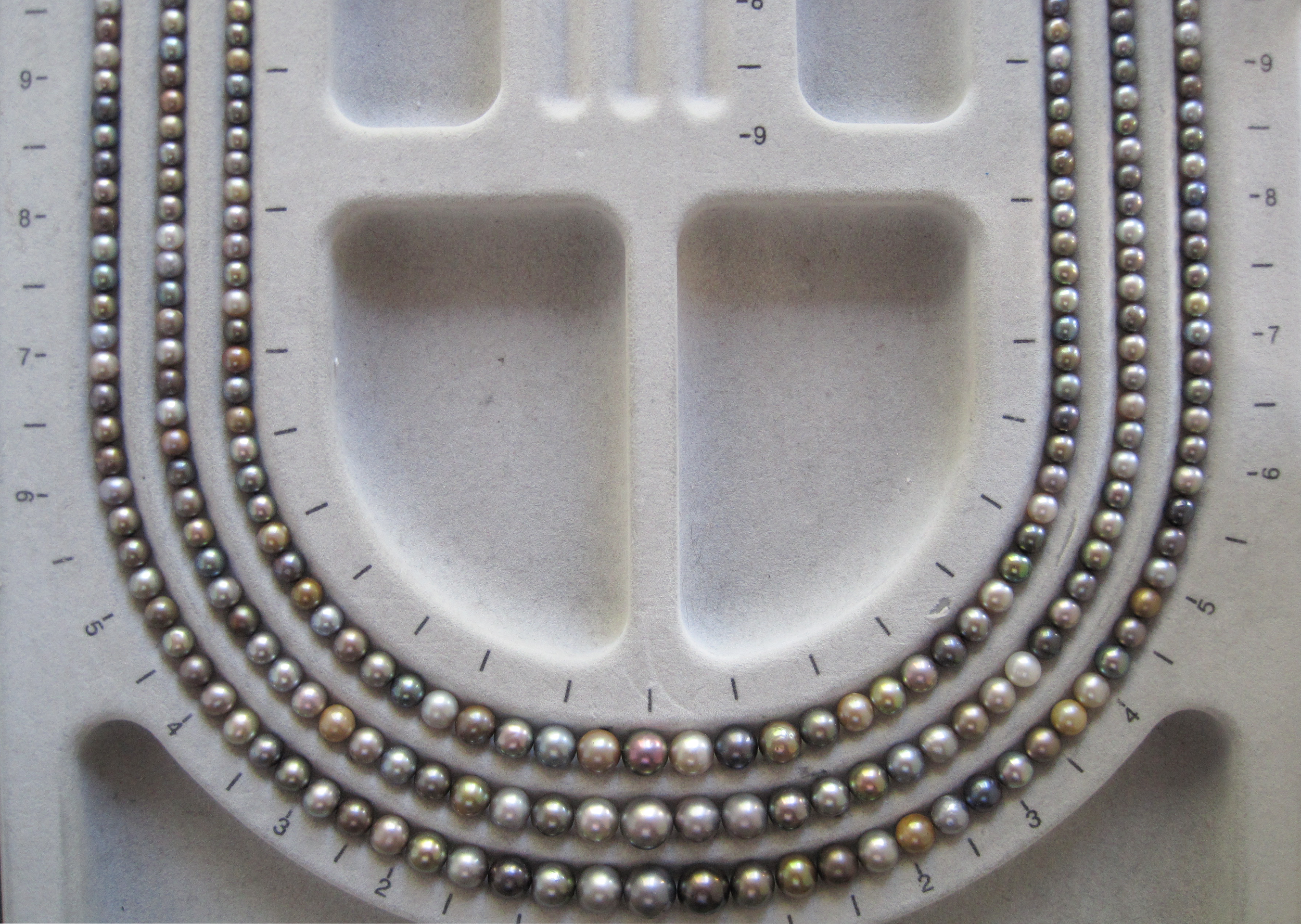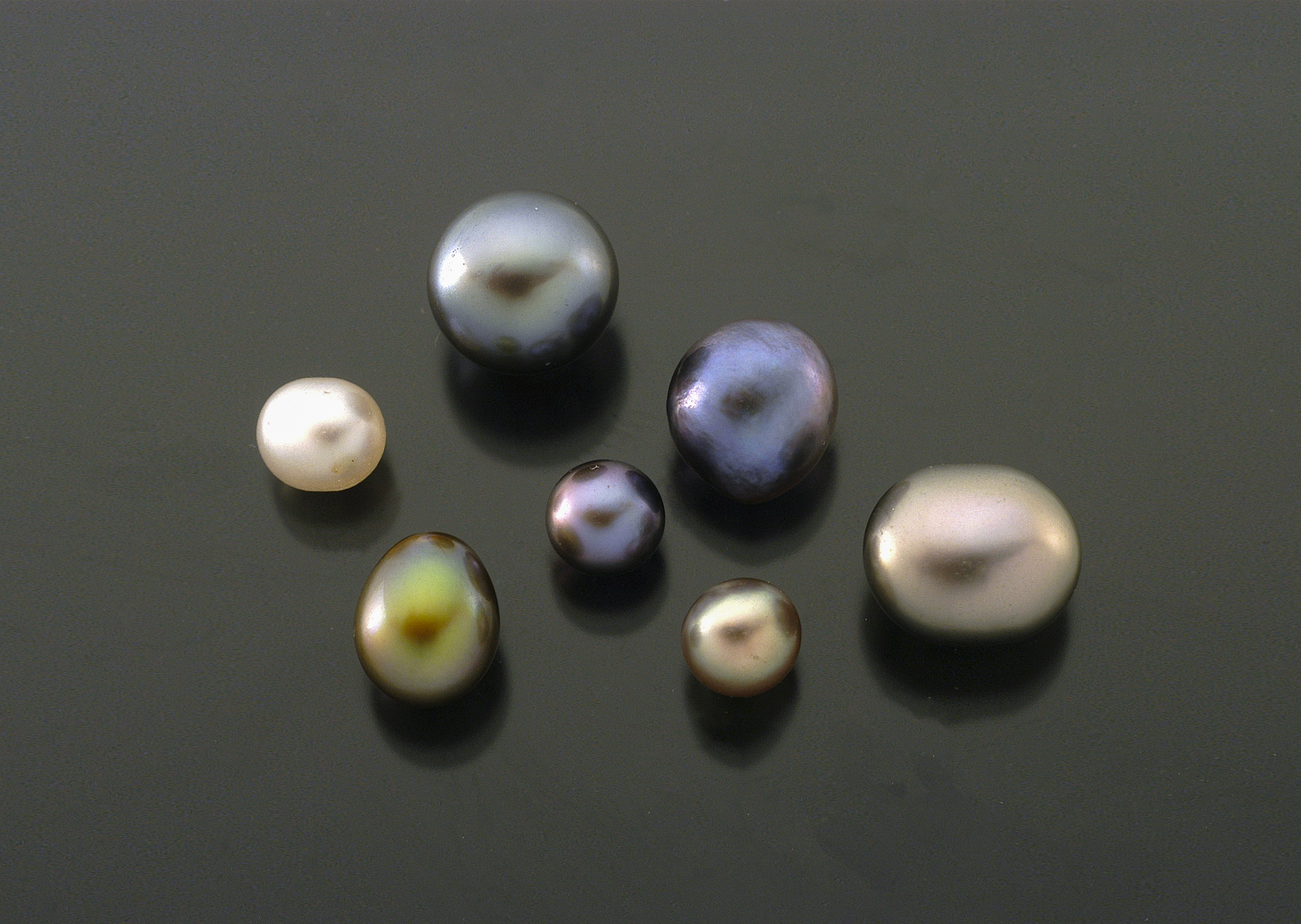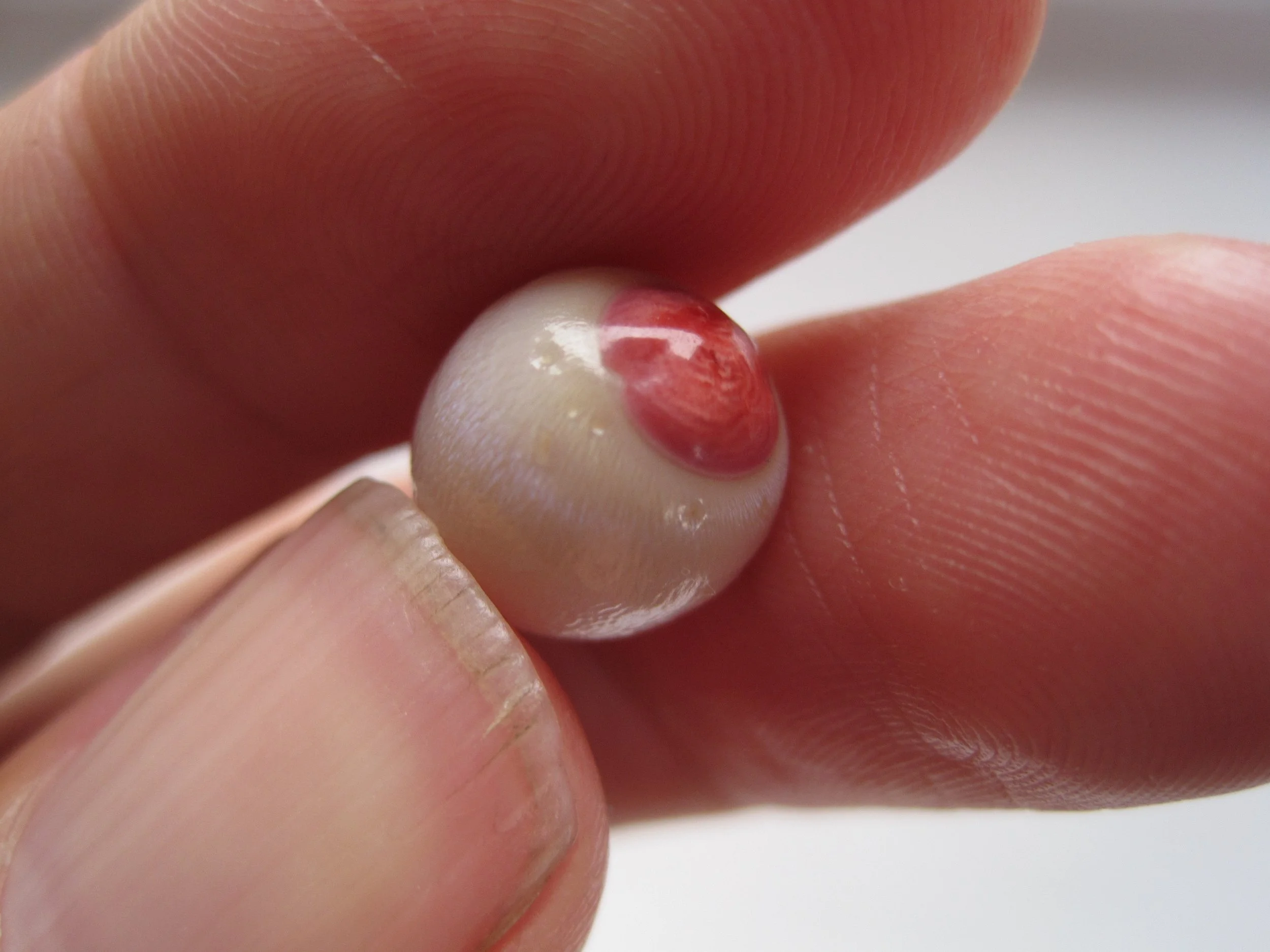
We travel the world in search of rare natural pearls
Natural Oyster Pearls
The most well-known of all natural pearls are those that come from Oysters.
Before the dawn of the cultured pearl industry (early 1900s), all pearls were natural. These pearls, coveted by the very wealthy, provided a lively hood for millions worldwide. Divers, boat captains, pearl traders, and jewelers all made a living from natural pearls. Traditional oyster beds found in The Persian Gulf, Gulf of Mannar, and the Red Sea dominated the world pearl market throughout much of history, but in the fifteenth century, a new pearl source was found. In 1498, during his third voyage, Columbus is said to have discovered pearls off the coast of Venezuela, initiating a pearl rush in the “New World”. In fact, most of the Americas were explored by European sailors in search of Gold, Silver, and Natural Pearls.






Conch Pearls
It has been estimated that approximately 1 in 10,000 conch produce a pearl, and of these, only a few possess the color, shape, and flame pattern necessary to be considered a gem. While the color of conch pearls varies greatly, they are most often found as white, brown, beige, yellow, orange, pink, or red (the later two being the most sought-after). Conch pearls that exhibit a strong chatoyant like phenomenon (flame) are considered the most valuable and are coveted by collectors . Like all pearls, conch pearls are produced by a living organism and are sensitive to acids, solvents, and long exposure to sunlight.






Abalone Pearls
The most colorful of all pearl-producing mollusks, Abalone are found in rocky coastal waters around the world. Though fairly plentiful, these rock-hugging snails rarely produce pearls but when they do, the result can be extraordinary. Their nacreous pearls can exhibit colors of blue, green, pink, silver and white. The majority of abalone pearls are baroque with the most common shapes resembling a horn or shark tooth, occasionally pearls with symmetry are found. As one of the larger species of pearl-producing mollusks, abalone pearls are known to reach great size with some specimens measuring over five inches in length.






Saltwater Clam Pearls
Varieties of salt water clam are found in ocean waters around the world. The pearls they produce are mostly non nacreous and can be found in a variety of different shapes, sizes and colors. Some, like those from the species Tridacna, can get quite large with some specimens weighing over 1 pound while others, like those from Mercenaria (Quahog), exhibit rare colors like purple and lavender. In some species of clam a rare chatoyant like phenomenon (flame) can occur.



Melo Melo Pearls
The Melo Melo (or Indian Volute) is a giant sea snail commonly found along the coastal waters of Vietnam, Burma, and Malaysia. The pearls they produce are often symmetrical, reaching sizes of 400+ carats, and range in color from papaya orange to shades of yellow, beige, brown, and white. Melo pearls are considered one of the most magnificent of all natural pearls, and the reason for it is their exceptionally bright flame. In fine-quality Melo pearls, a flame pattern (similar to that found in conch pearls) can be seen rolling across the surface of the pearl. Pearls exhibiting this pattern are rare and can reach a remarkable price.



Quahog Pearls
Quahog pearls are found from the shell species Mercenaria Mercenaria, a hard-shelled clam found in the coastal waters between the Gulf of St. Lawrence and the Gulf of Mexico. While the species itself is fairly common, the pearls they produce are not. In addition to colors of white, beige, and brown, Quahogs are also one of the only species of mollusk worldwide to produce lavender and purple pearls. This rarity makes them not only beautiful but also very collectible.



Scallop Pearls
The Pacific Lion's Paw Scallop can be found in the shallow coastal waters of North, Central, and South America. The shells found are usually chocolate brown, purple, and orange with a white-purple or root beer colored interior. The pearls found within the lion's paw scallop are quite beautiful, often resembling high-fired pottery. An unusual phenomenon unique to scallop pearls is that when they're viewed in a bright light, they show a type of adventuresence (small reflective platelets) that appear to shimmer and dance below the surface of the pearl. With only a small number found each year, these pearls are truly for collectors or pearl enthusiasts.



American Freshwater Pearls
Perhaps the first natural pearls to be adorned by humans, natural freshwater mussel pearls have been found in lakes and rivers around the world. With more than 200 species of freshwater mussels identified these pearls can be found in a variety of shapes, sizes and colors. Early jewelry, especially pieces from Europe and Asia showcasing natural freshwater pearls were cherished by royalty, the wealthy and the elite.



Exotic Natural Pearls
Among natural pearls, some of the most rare and beautiful can be found from species that are not historically known for producing pearls. These mollusks and gastropods produce both nacreous and non-nacreous pearls that come in a variety of colors and shapes. Some are extremely rare with only a few known specimens in existence.

Spondylus

Spondylus

Turbin Snail